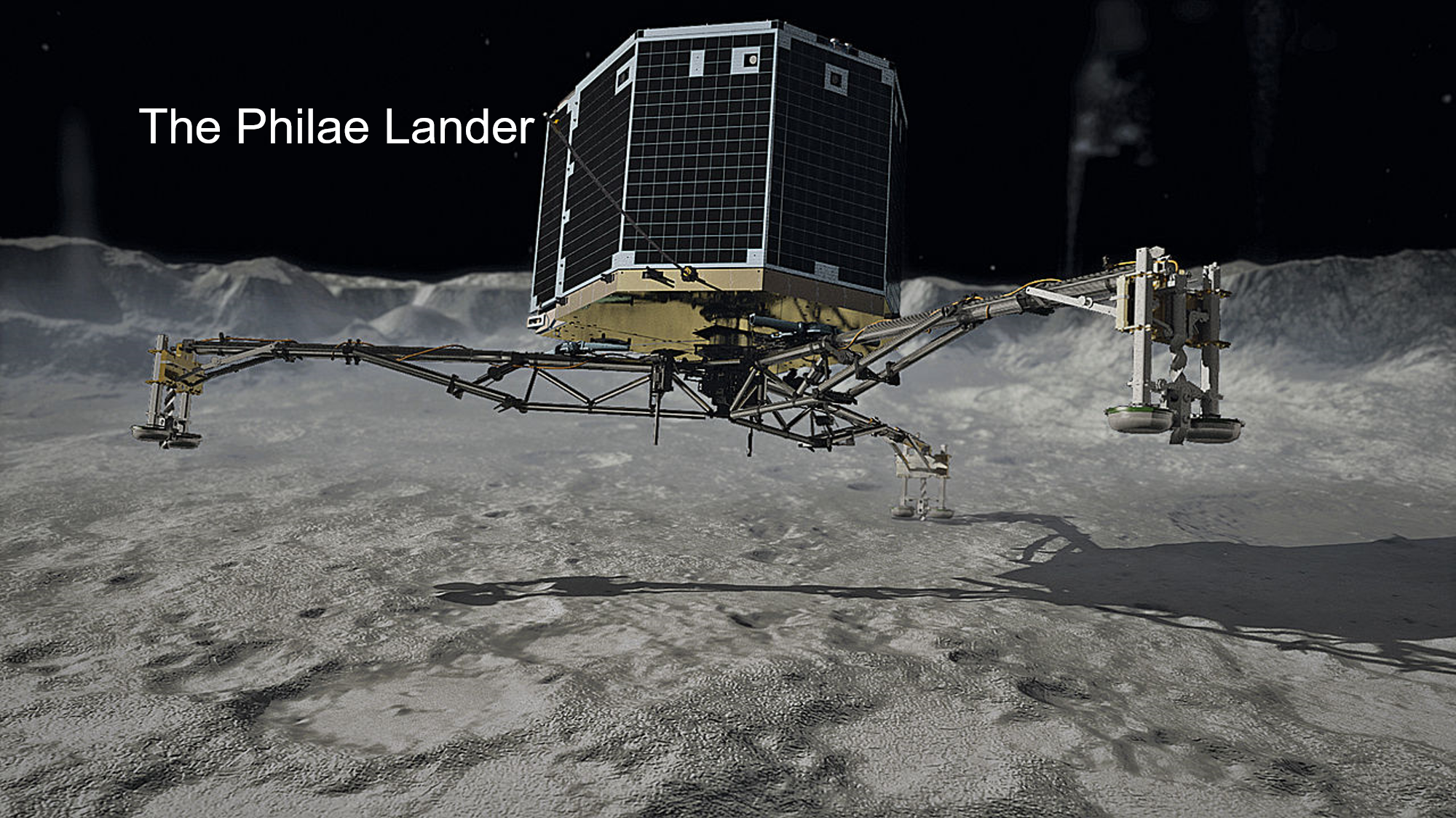
Origins |
next >> |
|

Scientific evidence shows that life most likely began in the oceans between 3.5 - 4.2 billion years ago, although that last date is debated. There are many hypotheses as to just how life began. LiveScience has a good article, "7 Theories on the Origin of Life", which are summarized here:
The problem is this: experiments have shown how amino acids, the building blocks of life, formed under early earth conditions, and we have several examples of early life forms. But we're missing the steps in-between. It's like you have a box of LEGOS, you leave to get a snack, and there's a completed Death Star made of LEGOS when you return.
Yes, there was land. But, until the formation of ozone around 600 million years ago, Earth's surface was exposed to UV radiation, which is deadly to life. Scientists believe that life formed first in the oceans via one of the methods listed above for the following reasons:
Now we have a body! Zillions of them, in fact. Cyanobacteria are one of the most successful species on our planet, having formed 3.4 – 3.5 billion years ago, and are still around today. Visit the UC Museum of Paleontology's Cyanobacteria page to see images of the microscopic plants. Get a zillion of them or so together, and they will form colonial structures called stromatolites, which are also still around today.


How and why lifeforms moved from the safety of the oceans and onto land is highly debated and, as of yet, no clear answers exist. Fossil evidence indicates that plants migrated out of the water first, around 430 million years ago. It took a while for the animals to catch on, as the earliest land fossils date to 370 million years ago.
How do we know that water and life can exist outside of Earth? Well, we go out there and look!
The Rosetta Spacecraft’s mission was to follow the comet 67P/Churyumov–Gerasimenko on its orbit around the sun. Philae was a separate craft, designed to detach from Rosetta and land on the comet’s surface. Or, that was the plan. Philae landed too hard and bounced into a new, less desirable location. It was still able to conduct some experiments, one of which was to look for the presence of organic molecules, which was confirmed. Another way to compare Earth’s water to the comets by comparing it to isotopes of water: deuterium (or ‘heavy’ water) to regular water. The difference in the ratios (D/H) indicates that water from comets like 67P/Churyumov–Gerasimenko were NOT the source of water on Earth.
 |
||||
|
Data: http://sitn.hms.harvard.edu/flash/2015/closing-in-on-the-origin-of-terrestrial-water-philae-calls-back-home/; image: "Rosetta's Philae touchdown", DLR German Aerospace Center is licensed under CC BY 3.0
The JPL/NASA Dawn Spacecraft’s mission was to first investigate Vesta, an asteroid and the largest object in the asteroid belt, the Ceres, another dwarf planet, and the second-largest object in the asteroid belt.
Ceres’ has a low density, which suggests that about 25% of the dwarf planet is ice by mass1. Most of this water appears to be concentrated at the poles2.
Analysis of the organic compounds on Ceres shows that they are more consistent with organics found on comets than those found on Earth. This suggests that the organics may have been delivered to Ceres via impacts than having formed in-situ on Ceres3, 4, 5.
 |
 |
| Water |
Organic Molecules |
|---|---|
|
|

Earth now has an atmosphere, oceans, and life. Photosynthetic life increases O2 levels in the atmosphere. This began around 3.5 billion years ago, but, around 2 billion years ago, there was sufficient O2 in the atmosphere to do the following:
Then, around 600 million years ago,
There are several reasons why scientists believe life began on the oceans and not on land, but here are the two main ones. The first is no one has found any fossils on land until about 430 million years ago. Does that mean that there weren't any land lifeforms before that time? No, but with all the fossils we have found, not one earlier than that date has been a land dweller. The second is that pesky solar radiation problem. Until there was enough ozone to protect lifeforms, life had to stay in the protective waters of the ocean.
next >> |
|
copyright Sonjia Leyva 2022 |
|